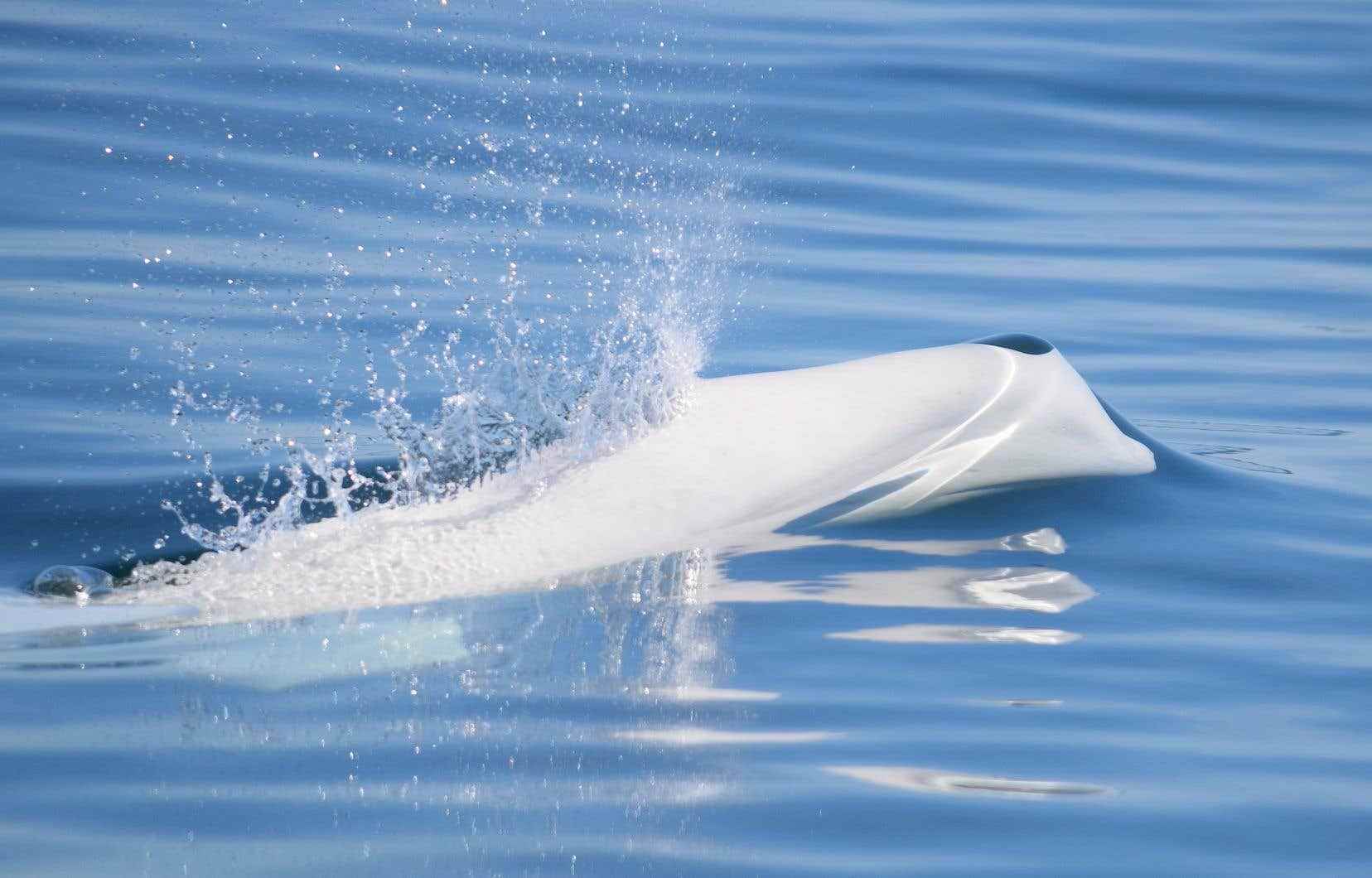The governments of Quebec and Canada must show “leadership” before the UN Conference on Biodiversity (COP15), which will be held in Montreal in December. A group of 67 organizations mobilized for the event pleads for “concrete actions” to protect natural environments and endangered species over the coming weeks.
“COP15 could be the most important event for biodiversity of the decade,” said Thursday the director general of the Society for Nature and Parks of Quebec (SNAP Quebec), Alain Branchaud. “This conference, which must adopt a global framework to halt the decline of life and make the protection of nature a foundation of our society, could be the equivalent of the UN Conference which enabled the adoption of the Paris climate agreement in 2015.”
In this context, the “Collective COP15”, which includes environmental and civil society groups, is asking the governments of Quebec and Canada for “concrete gains in the protection of natural environments and endangered species” between now and the of the UN conference, which will take place from 7 to 19 December.
Mr. Branchaud cites the example of the expansion of the Saguenay-St. Lawrence Marine Park, which has been at the project stage for several years, but also the “integral” protection of the Magpie River, where a protected area project was set aside by the Legault government in 2020 to protect its potential for hydroelectric development.
In Montreal, the group calls in particular for “the creation of a large nature park” in the east of the island, in order to “correct a lack of access to nature”.
Biodiversity and climate, closely linked
The governments of Quebec and Canada, which financially support the events that will be organized by the “Collective COP15”, are also invited to show “leadership” and to implement the main objectives of the negotiations which will bring together 196 member parties of the Convention on Biological Diversity: protect 30% of terrestrial and marine territory by 2030, provide the financial support necessary to achieve the targets and impose “binding measures” to achieve them.
“We will not be able to fight climate change and prevent future pandemics without protecting nature”, insists David Cooper, Deputy Executive Secretary of the Secretariat of the Convention on Biological Diversity (CBD), who spoke at the event. launch of the collective on Thursday.
“To ensure the success of COP 15 and the achievement of the objectives of the Convention and the global framework on biological diversity, governments and stakeholders from all sectors will have to work together, both in the decision-making process and at the level of the implementation of these decisions”, adds Mr. Cooper.
The “Collective COP15” intends to organize, on the sidelines of COP15, an international conference on “the underlying causes responsible for the loss of biodiversity”, a demonstration in Montreal and “dialogues for biodiversity, open to the public to popularize the issues of the negotiations”.
According to the group, there is still a lot to be done for the decline of biodiversity to get as much attention as the debate on global warming. “There is a misunderstanding on the part of governments, who are tackling the climate crisis and the biodiversity crisis in separate silos. But these two crises are linked. By protecting natural environments, we protect species, but also carbon sinks,” explains Anne-Céline Guyon, climate project manager at Nature Québec.
Chess
Initially scheduled for October 2020 in China, COP15 has been postponed many times. A first part, formal, was held in Kunming in October 2021. The conference to be held in Montreal was first to be held in Kunming, in southwestern China. Its trip to Quebec was announced in June, since China applies numerous anti-COVID restrictions which made it difficult to organize the event in the country.
Time is running out for the protection of biodiversity as States have failed to keep their commitments over the past decade and the degradation of nature, which provides drinking water, air and food, continues at a frantic pace.
Species of mammals which are disappearing more and more rapidly, victims of poaching and the destruction of their natural habitats, populations of birds, amphibians, insects or fish in free fall and once rich ecosystems stripped of the map in the name of the spread of human activities… The lights are more than ever red, like the “red list” of the International Union for Conservation of Nature, which identifies threatened and endangered species. elongates year after year.
In interview at To have to at the beginning of June, the Executive Secretary of the Convention on Biological Diversity, Elizabeth Maruma Mrema, cited as an example the portrait drawn up by the Intergovernmental Science-Policy Platform on Biodiversity and Ecosystem Services (IPBES): no less one million animal and plant species, out of the approximately eight million estimated on Earth, are threatened with extinction, including “many in the coming decades”.
Human activity is directly involved in the declines observed around the world. Deforestation, intensive agriculture, overfishing, rampant urbanization, poaching, exploitation of non-renewable natural resources: 75% of the terrestrial environment has been “seriously altered” by human activities and 66% of the marine environment is also affected, according to the ‘IPBES.
